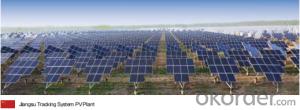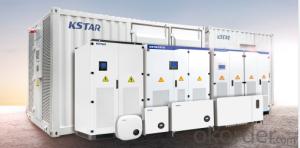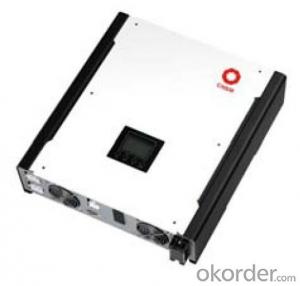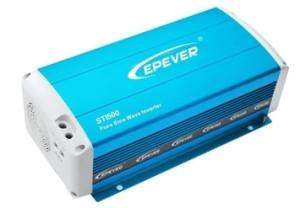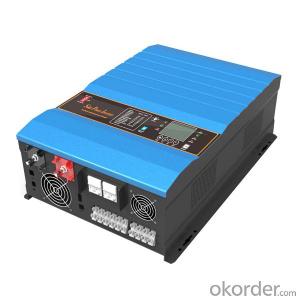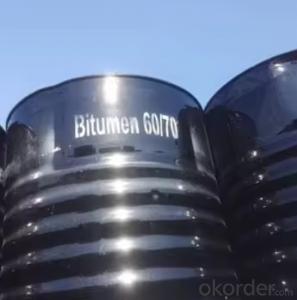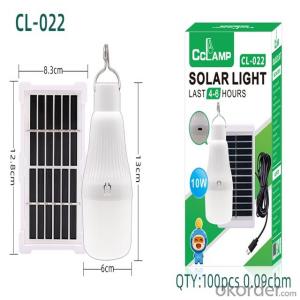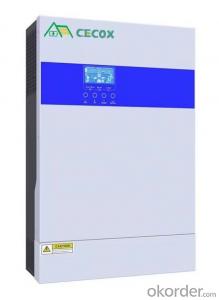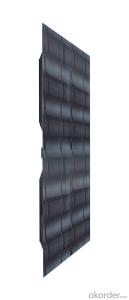DC1500V Central Inverter GSM5000D / GSM6250D
- Loading Port:
- China main port
- Payment Terms:
- TT OR LC
- Min Order Qty:
- 50 pc
- Supply Capability:
- 15000 pc/month
OKorder Service Pledge
OKorder Financial Service
You Might Also Like
Item specifice
Product Description:
★Max. PV Voltage up to 1500V Max. 48 DC inputs
★Dustproof protection Modular design for Easy maintenance
★Max. DC/AC ratio up to 1.8 Full power output under 55℃
★AGC/AVC Night SVG function LVRT/HVRT/FRT function
Technical Specifications:
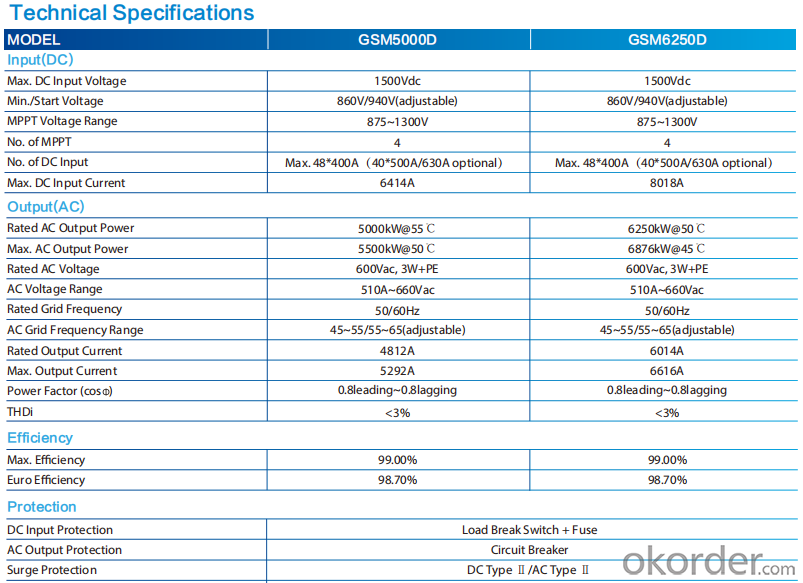
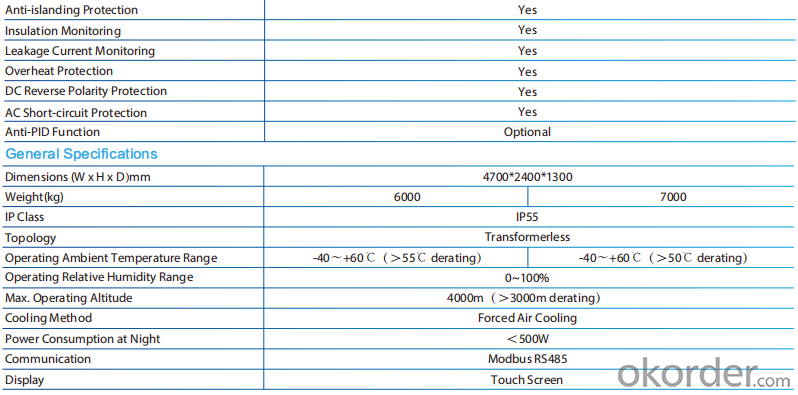
FAQ:
Q:How the output voltage of the PV inverter and the grid-connected voltage are determined
Inverter is the DC power (battery, battery) into alternating current (usually 220V, 50Hz sine wave). It consists of inverter bridge, control logic and filter circuit. Widely used in air conditioning, home theater, electric wheel, power tools, sewing machines, DVD, VCD, computer, TV, washing machine, range hood, refrigerator, video recorders, massage, fan, lighting and so on. In foreign countries
Q:Installation and maintenance of photovoltaic grid - connected inverter
only when the local power sector permission by the professional and technical personnel to complete all the electrical connection before the inverter can be connected.
Q:What is the difference between a PV grid-connected inverter and an off-grid inverter?
Off-grid inverter is equivalent to their own to establish an independent small power grid, mainly to control their own voltage, is a voltage source.
Q:After the PV inverter, how to achieve the same period before the network?
Solar panel simulator: with MPPT function, simulated morning, noon, afternoon, evening, rainy weather, solar panels produced under different conditions in different voltages.
Q:Is the PV inverter a current source or a voltage source?
According to the waveform modulation method can be divided into square wave inverter, stepped wave inverter, sine wave inverter and modular three-phase inverter.
Q:Photovoltaic grid-connected inverter without DC emc how will happen
Solar photovoltaic power generation technology is the use of solar cells, the photovoltaic effect of semiconductor materials, solar radiation can be directly converted into a new type of power generation system, solar energy is a radiant energy, solar power means --- to direct conversion of sunlight Into electricity,
Q:What is the difference between low voltage grid connection and medium voltage grid connection?
For photovoltaic power plants when the power system accidents or disturbances caused by photovoltaic power plant grid voltage drop, in a certain voltage drop range and time interval, the photovoltaic power plant can ensure that non-off-line continuous operation.
Q:Is the grid side of the grid and the inverter?
The grid load side of the grid is the grid. The inverter is an important part of the PV grid-connected system and can not be regarded as an external load. Photovoltaic power generation system is included in both grid and off-grid.
Q:PV grid-connected inverter and independent inverter in the control of what is the difference
The independent inverter in the output voltage phase amplitude of the frequency control is initially set good. Independent inverter, you should refer to off-grid inverter, do not need to consider the grid situation.
Product Images:
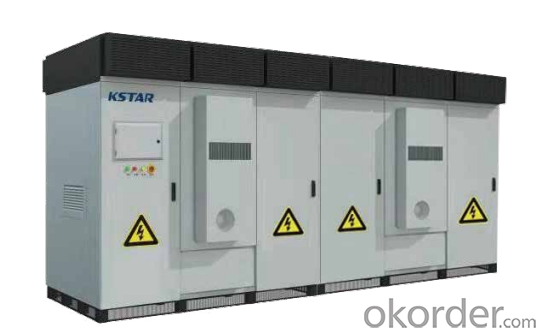
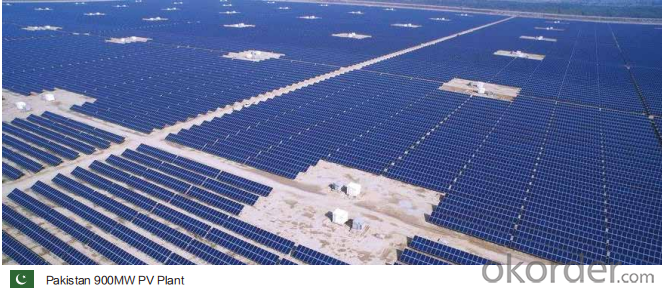
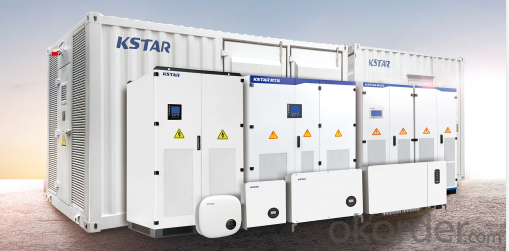
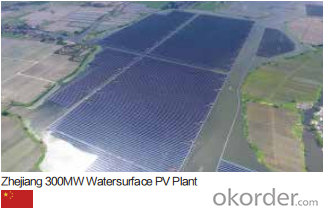
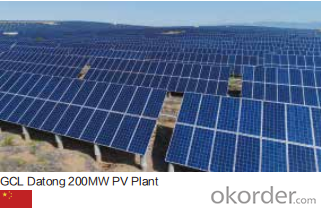
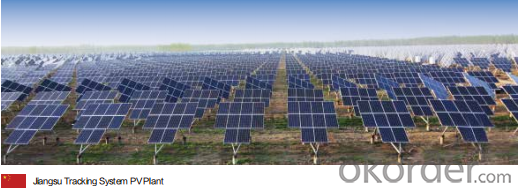
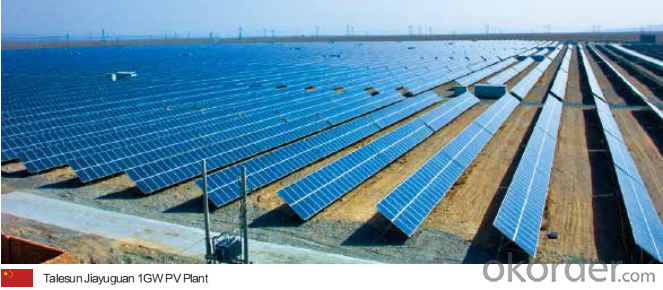
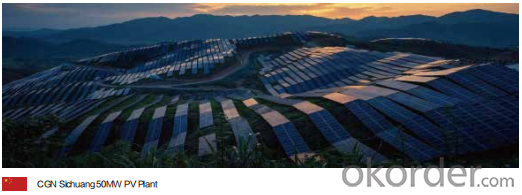

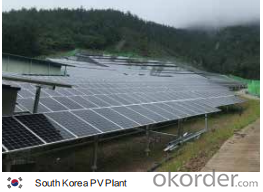
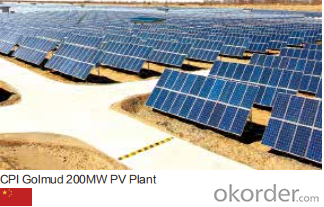
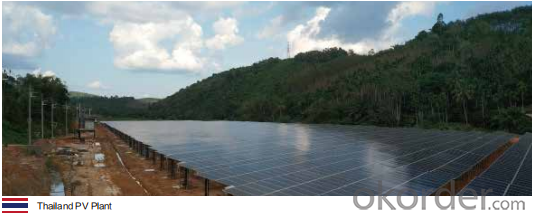
Production Process Photos:
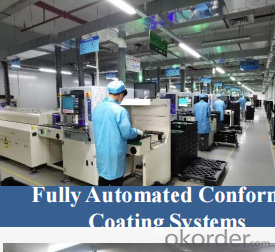
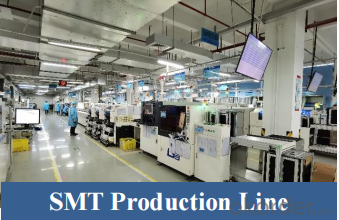
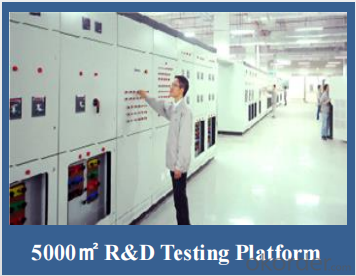
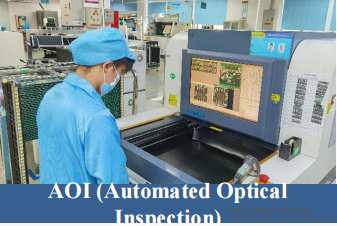
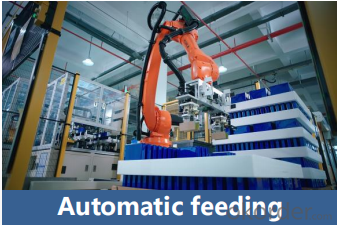
- Q:What is the role of a power control feature in a solar inverter?
- The role of a power control feature in a solar inverter is to efficiently manage and optimize the power output generated by the solar panels. It helps regulate the flow of electricity, maintaining a stable voltage and frequency, while also ensuring that the maximum power point tracking (MPPT) is achieved. This feature allows for better performance, increased energy production, and the ability to adapt to changing sunlight conditions, ultimately maximizing the overall efficiency of the solar inverter system.
- Q:How does a solar inverter handle voltage fluctuation during cloud cover?
- A solar inverter handles voltage fluctuation during cloud cover by continuously monitoring the incoming solar energy and adjusting its power output accordingly. When the sunlight reduces due to cloud cover, the inverter senses the drop in voltage and adapts by reducing its power output to match the available solar energy. This ensures that the voltage remains stable and the system operates efficiently even in varying weather conditions.
- Q:What are the potential risks of over-discharging a battery connected to a solar inverter?
- The potential risks of over-discharging a battery connected to a solar inverter include reduced battery lifespan, decreased storage capacity, increased internal resistance, and potential damage to the battery cells. Over-discharging can lead to deep cycling, which can degrade the battery's performance and shorten its overall lifespan. It may also cause the battery to lose its ability to store energy efficiently, resulting in reduced storage capacity. Additionally, over-discharging can increase the internal resistance of the battery, leading to decreased efficiency and lower power output. In severe cases, over-discharging can cause irreversible damage to the battery cells, rendering them unusable and necessitating replacement.
- Q:What is the difference between a single-phase and three-phase solar inverter?
- A single-phase solar inverter is designed to convert the direct current (DC) produced by a solar panel into alternating current (AC) for use in single-phase electrical systems. It is typically used in residential or small-scale solar installations. On the other hand, a three-phase solar inverter is capable of converting DC power into AC power for use in three-phase electrical systems, which are commonly found in commercial or industrial settings. The main difference lies in the number of phases supported and the scale of the electrical system they are designed for.
- Q:What are the common troubleshooting steps for a malfunctioning solar inverter?
- The common troubleshooting steps for a malfunctioning solar inverter include checking the display for error messages, inspecting the DC and AC connections for loose or damaged wires, verifying the input voltage and frequency, resetting the inverter, and monitoring the system for any unusual behavior. If these steps do not resolve the issue, it is advisable to consult a professional or contact the manufacturer for further assistance.
- Q:Are solar inverters compatible with smart home systems?
- Yes, solar inverters are compatible with smart home systems. In fact, many modern solar inverters are designed to integrate seamlessly with smart home technology, allowing homeowners to monitor and control their solar energy production and consumption through their smart devices. This integration enables better energy management, increased efficiency, and the ability to optimize the use of solar power within a smart home ecosystem.
- Q:What is the role of a solar inverter in a solar panel system?
- The role of a solar inverter in a solar panel system is to convert the direct current (DC) electricity generated by the solar panels into alternating current (AC) electricity that can be used to power household appliances and be fed back into the electrical grid. It also ensures that the electricity produced by the solar panels is of the correct voltage and frequency for safe and efficient use in homes and businesses.
- Q:How do I choose the right solar inverter for my system?
- When choosing the right solar inverter for your system, there are a few key factors to consider. First, determine the size and capacity of your solar panels to ensure compatibility. Next, consider the type of inverter you need, whether it's a string inverter, micro inverter, or power optimizer. Additionally, assess the efficiency and reliability of the inverter, as well as its warranty and after-sales support. Finally, consider your budget and any specific features you may require, such as monitoring capabilities or grid connectivity options. It's important to research and compare different models to find the one that best fits your specific solar system needs.
- Q:How does a solar inverter handle frequency variations in the grid?
- A solar inverter handles frequency variations in the grid through its built-in control mechanisms. It continuously monitors the frequency of the grid and adjusts its own output accordingly to match the grid frequency. This ensures that the solar inverter remains synchronized with the grid and allows for seamless power transfer between the two.
- Q:Can a solar inverter be used with a solar air conditioning system?
- Yes, a solar inverter can be used with a solar air conditioning system. A solar inverter is responsible for converting the direct current (DC) electricity produced by solar panels into alternating current (AC) electricity that can be used to power household appliances, including air conditioning systems. By connecting a solar inverter to a solar air conditioning system, the energy generated by the solar panels can be efficiently utilized to cool the environment. This not only maximizes the use of renewable energy but also helps in reducing electricity costs and minimizing the carbon footprint.
1. Manufacturer Overview |
|
|---|---|
| Location | |
| Year Established | |
| Annual Output Value | |
| Main Markets | |
| Company Certifications | |
2. Manufacturer Certificates |
|
|---|---|
| a) Certification Name | |
| Range | |
| Reference | |
| Validity Period | |
3. Manufacturer Capability |
|
|---|---|
| a)Trade Capacity | |
| Nearest Port | |
| Export Percentage | |
| No.of Employees in Trade Department | |
| Language Spoken: | |
| b)Factory Information | |
| Factory Size: | |
| No. of Production Lines | |
| Contract Manufacturing | |
| Product Price Range | |
Send your message to us
DC1500V Central Inverter GSM5000D / GSM6250D
- Loading Port:
- China main port
- Payment Terms:
- TT OR LC
- Min Order Qty:
- 50 pc
- Supply Capability:
- 15000 pc/month
OKorder Service Pledge
OKorder Financial Service
Similar products
New products
Hot products
Related keywords

